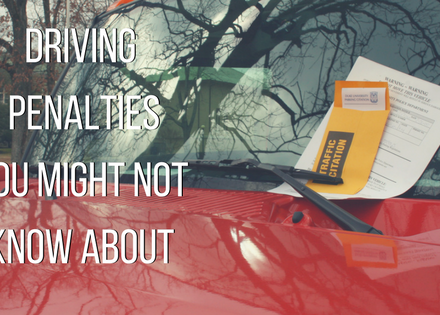You find yourself at the gas pump again, an act that has probably become second nature for some. You are usually faced with fuel options marked by numbers: 87, 89, 92… but do you know what these numbers really mean?
Well, first of all, these numbers are octane ratings. They indicate the standard measure of performance for engine fuel. More specifically, they represent a measurement of the fuel’s ability to resist “knocking,” aka pinging that is caused by an air-fuel mixture detonating prematurely in the engine during combustion. This early ignition causes pressure waves to rattle in the engine, which makes a knocking sound, thus the name, “knocking.” So, these numbers that you see all the time are telling you how resistant that gasoline is to this knocking you just learned about. The higher the octane number, the higher its knock resistance is.
So now you know a more detailed description of these numbers than you probably wanted to, but how do you know which one is best for your car? Well, it depends on the make, model, and year of your vehicle. Your owner’s manual should list an octane fuel rating suggested for your car by the manufacturer. Like I said, the higher the octane number you see, the higher its resistance is. Higher octane fuels (premium) are usually recommended for engines using a higher compression ratio. So, using higher rated octane fuel helps to improve the performance and fuel economy of cars with such engines.
But, you’re thinking to yourself, “I always choose the cheapest fuel option!” This just means you are choosing a lower rated octane fuel. Your car may be required to use this, don’t worry! But research to find out what the required octane rating is for your car. If you are using a lower rating than suggested, this can cause your engine to run poorly and eventually cause damage to your engine and emissions control system—which would be a much more expensive fix in the long run than just using the higher rated octane fuel required for your car.
If all of this information is new to you, just know that every car is different and you need to research for yourself to see what fuel is best for your car. Using a higher octane fuel than suggested for your vehicle won’t necessarily improve your fuel economy or performance, but it won’t hurt anything, except maybe your wallet. And using a lower octane fuel than required can hurt your car in the long run. So, you want to get it just right.
Find that owner’s manual you stowed away in the depths of your car, and read between the lines. Look out for the wording used… does it say recommended, suggested, or required? If it says required, listen to it. If it is recommended or suggested, it is probably in your best interest to listen to it, but you will also probably be okay trying out different fuels. Today, most cars will typically run on regular grade fuel with no issue. Premium gasoline does have its benefits, but with all the advances in the automotive world, most average drivers can get by on regular gas just fine. But don’t take these words to heart, find out for yourself what fuel is actually required for your car.
To help, here are lists of vehicles from the 2011-2016 model years with premium recommended and premium required fuels. Remember what I said about the difference between these words. If your car is on the recommended list, you can get by trying a regular, lower octane fuel. If your car is on the required list, listen to it. Double check with your owner’s manual, and if it does say a certain type of gas is required, it is.
If you were already informed on the specifics of octane fuel, this was just a nice refresher for you. But, if this was all new to you, now you have some homework! Go out and find that manual and make sure you are listening to it.
Still have questions? Check out this article for some more answers!






No Comments